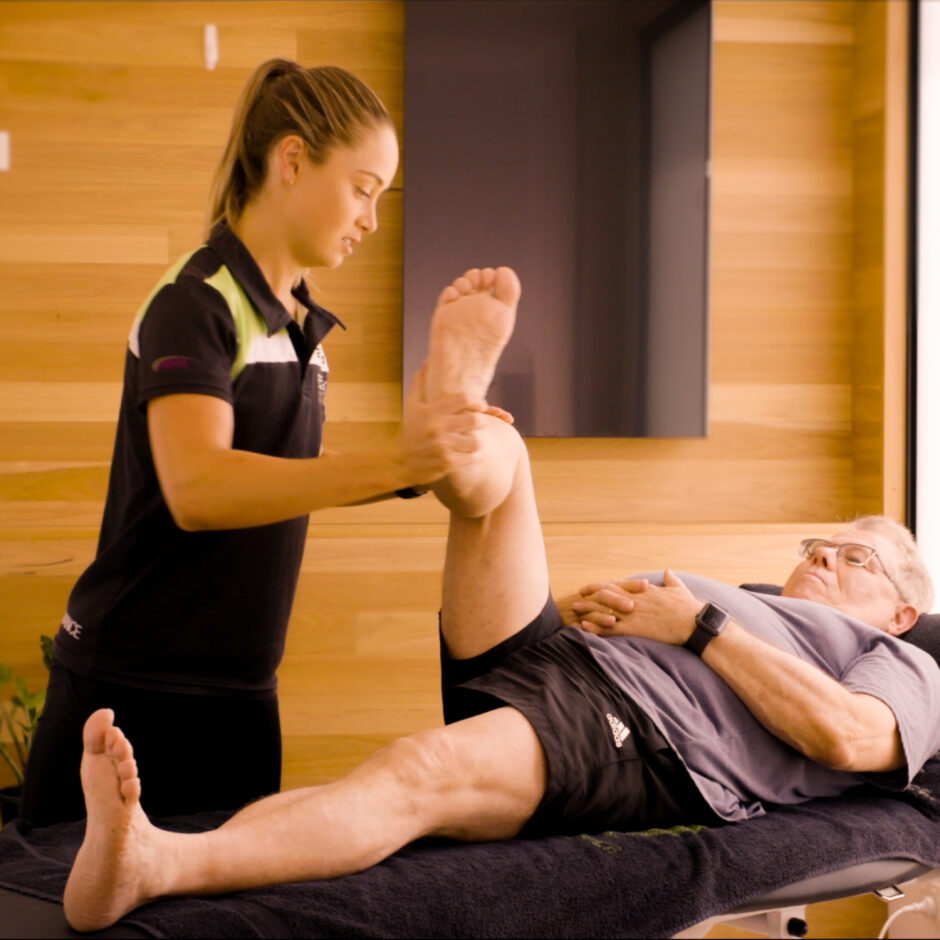

What is Hamstring Strain?
Hamstring strains occur in various situations, both during daily activities as well as on the sporting field. It involves an overload of overstretch of the hamstring muscle resulting in damaged muscle fibers, causing sometimes pain, bruising, swelling and temporary decreased strength/function.

Types of Hamstring Strain
Grade 1
Very minor tearing of the hamstring muscle resulting in mild or moderate amounts of discomfort and pain with no bruising. A Grade 1 Hamstring Strain is potentially a palpable tight band of tissue – relating to the site of the pain in the Hamstring.
Grade 2
Moderate tearing of the muscle resulting in moderate to severe amounts of discomfort and pain with minor to moderate bruising. A Grade 2 Hamstring Strain is a palpable tight band of tissue relating to the site of pain in the Hamstring resulting in limited movement and strength.
Grade 3
Significant tearing of the muscle resulting in moderate to severe amounts of discomfort and pain with moderate to severe amounts of bruising. A Grade 3 Hamstring Strain is a large palpable tight band of tissue relating to the site of pain in the Hamstring resulting in limited movement, strength and the ability to walk without discomfort.
Warning Signs
Early Warning Signs Of Hamstring Strain
For acute injuries such as a hamstring strain, the severity of the injury and recovery time for it to heal can be influenced by our ability to identify any early warning signs. These can include:
- Moments of pain/discomfort in the hamstring muscle
- Cramping
- Overwhelming feeling of tightness
- Subjective feeling of decreased confidence in the performance of the hamstring muscle
- A sudden spike in exercise load through the muscle
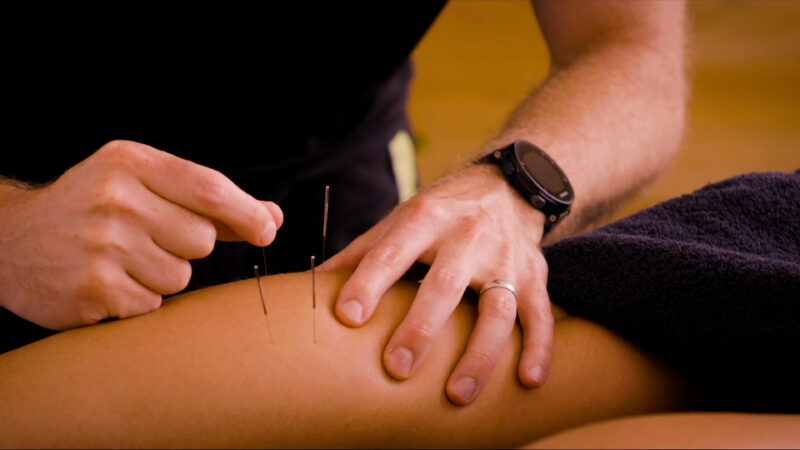
How Does Hamstring Strain Occur?
Hamstring strains typically occur due to a large amount of singular force or repetitive force moving through the muscle and is sometimes coupled with a large stretch or dynamic movement.
Commonly this can occur during running/sprinting, jumping, kicking or any other ballistic type movement, additionally a hamstring strain can also occur from regular daily activities that involve bending over from the hips, or lifting a weight from the floor. The hamstring strain occurs when this force and movement is too great for what the capacity of the hamstring muscle can withstand, resulting in various degrees of injury.
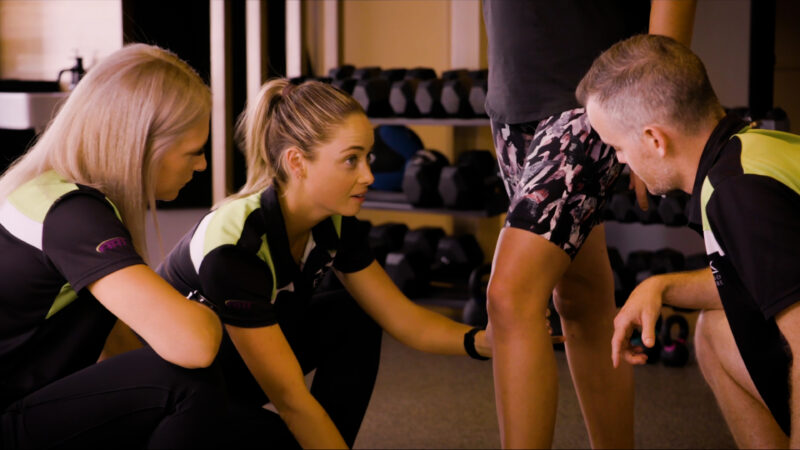
Testing & Assessment
Hamstring strains can be diagnosed by your PEAK Physiotherapist with no need for a referral from your GP.
Assessing and diagnosing a hamstring strains involves:
- Detailed subjective assessment and understanding of your history
- Thorough hands on objective assessment involving
- Strength
- Range of motion
- Biomechanics
- Functional movements
- Specific assessments based on the relevant movements if your injury is exercise related
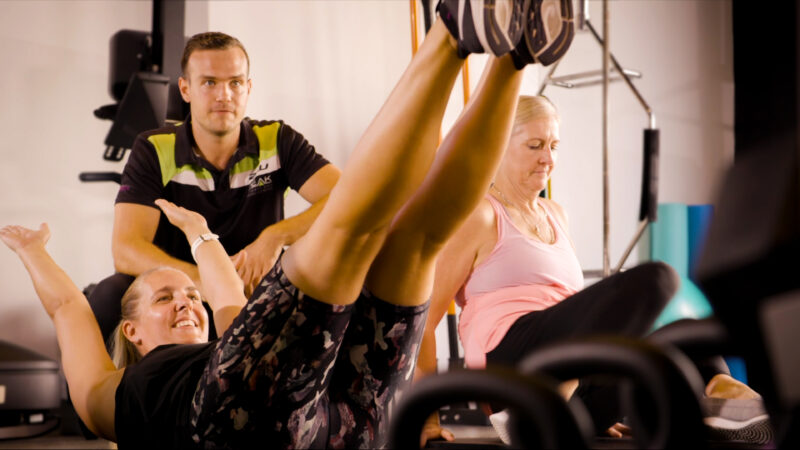
Hamstring Strain Treatment
Physiotherapy For Hamstring Strain
Physiotherapy is proven to be very effective for hamstring strains, starting with being able to attain an accurate diagnosis and leads on to treatment modalities such as:
- Soft tissue massage
- Stretching
- Biomechanical analysis
- Strength and Conditioning programming
Ultrasound For Hamstring Strain Treatment
Ultrasound can be a useful tool for influencing pain during the initial stages of a hamstring strain. Outcomes are best achieved when used in conjunction with other treatment modalities best suited to your specific injury situation, such as Massage, Dry Needling, and strengthening exercises.
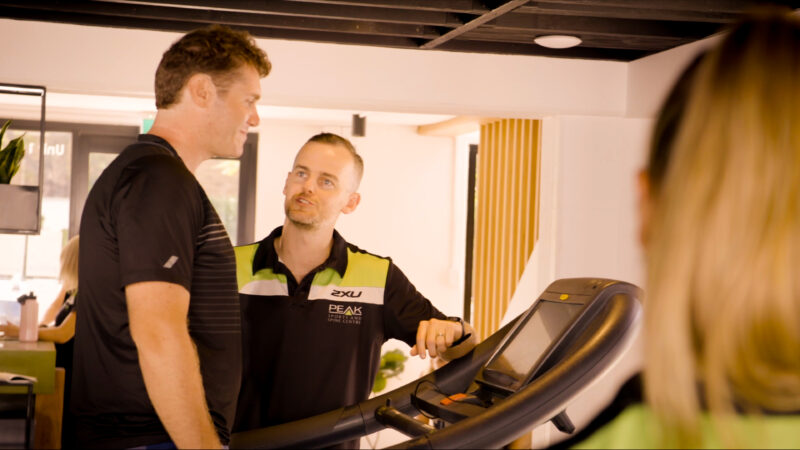
Rehab With PEAK
The first step to your Hamstring Strain rehab is to obtain a detailed history about you and your hamstring injury, allowing your PEAK Practitioner to work with you to develop a plan for treating your pain and preventing it from recurring.
Your injury severity and how long ago you were injured will dictate how much rest and hands on treatment is initially prescribed. Once your pain is addressed and a prevention plan developed your PEAK Practitioner will work with you to start building back in components like daily activities and exercise. Furthermore your PEAK Practitioner works with you to restore the function of your hamstring through a guided exercise and loading protocol, driven by evidence based strength and conditioning principles, whilst being specific to you and your personal goals.

Meet our Hamstring Strain Treatment practitioners

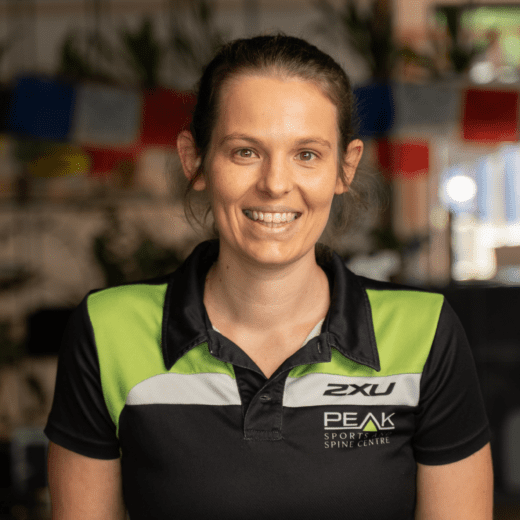
Brittney Trueman

Erica Werner

Georgia Kelly (nee Richards)

Michael Dawson
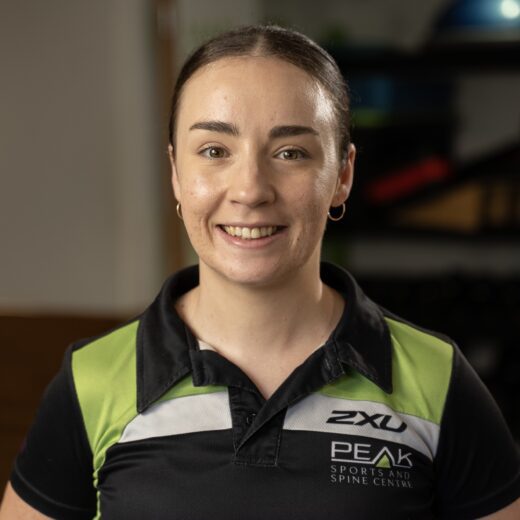
Tia Craig

Tommy Jarrard

Katie Muscat
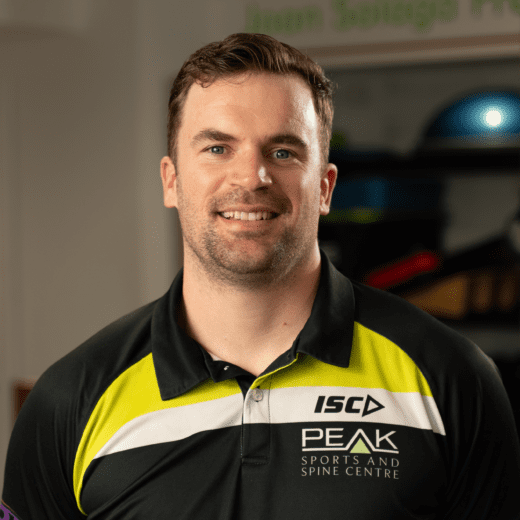
Martin Brennan

Cameron van Betuw
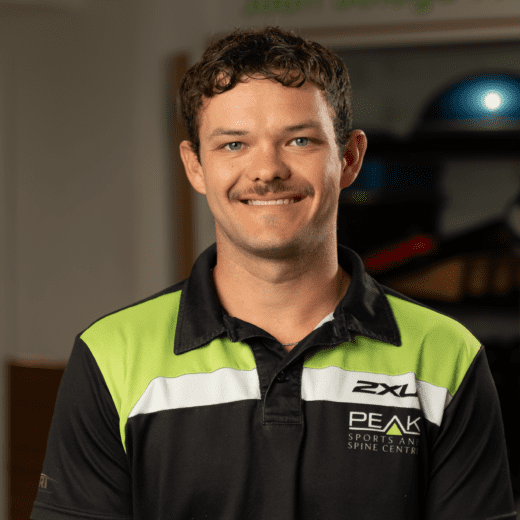
Nathan Denham

Lleyton Revie

Jasmine Kirk
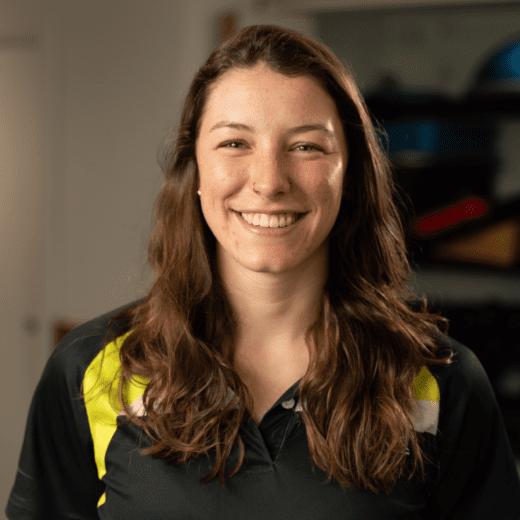
Lelia Weyrich
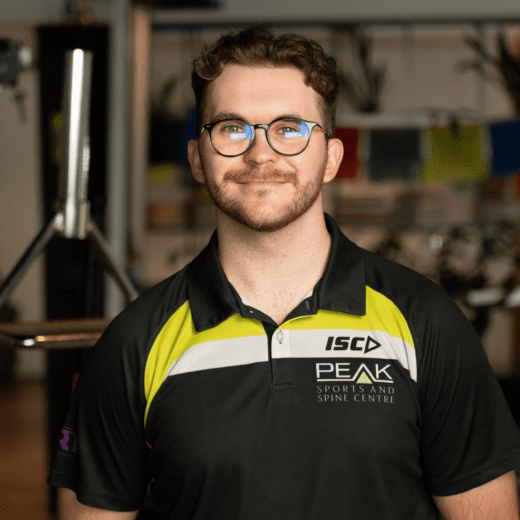
Callum MacDiarmid

Liam Robertson

Sophie Dyer
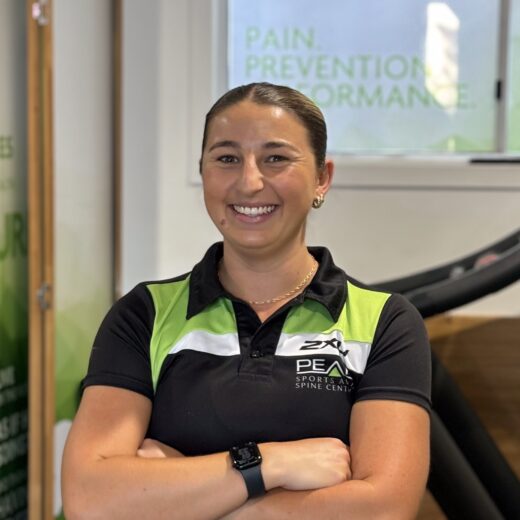
Emma McDougall
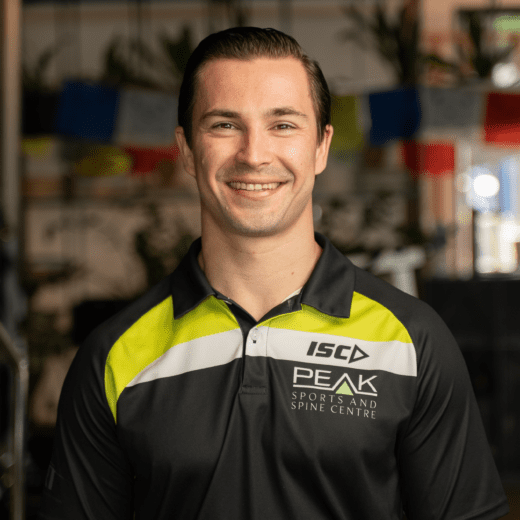
Ryley Porter

Keagan Pereira
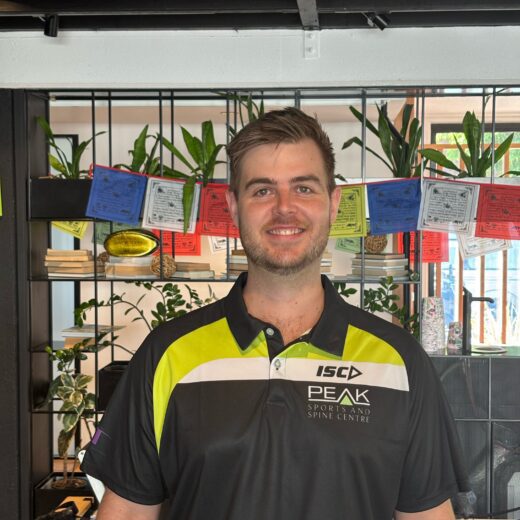
Luke Stephens

Jonathan Craig
FAQs Frequently Asked Questions
Hamstring strains can happen quite quickly or develop over an extended period of time. A sharp pain is commonly felt within the muscle (can be at various locations) whilst doing a dynamic movement like running or jumping, likewise with daily activities such as bending over to pick up your child or move around furniture. Alternatively, when experiencing a Hamstring Strain a generalised ache may instead be felt in the muscle. This is more common after a gradual increase in load and demand on the hamstring muscle.
Evidence shows that gentle, pain free running can be helpful in the early stages of Grade 1 Hamstring Strain rehabilitation. It is very important however to receive a professional diagnosis and plan from a qualified practitioner beforehand to clarify the degree of the tear as each injury can be slightly different.
Recovery times differ depending on what the patients goals are. For some, recovery might mean pain free day to day walking, whereas to others it might mean sprinting 400m as fast as possible. Each case is very different and requires a detailed examination in order to accurately predict the recovery time.
Source:
https://sma.org.au/resources-advice/injury-fact-sheets/hamstring-strain/
A hamstring strain typically involves nothing more than an overstretch of the hamstring muscle. A Hamstring tear however results in further physical tearing of the hamstring muscle. These two injuries are often caused the same way, just different severities.

Our locations
Hawthorne
PEAK Hawthorne opened in 2012 and was extended and renovated in 2020. You see the same team whether we see you at Hawthorne or one of our other clinics. Hawthorne offers private treatment rooms and a spacious exercise area incorporating the latest equipment and technology, unrestricted single level access and off-street parking. We also provide HICAPS for real-time private health claiming.
Our locations
New Farm
PEAK New Farm opened in August 2019. You see the same team whether we see you at New Farm or one of our other clinics. New Farm offers private treatment rooms and a spacious exercise area incorporating the latest equipment and technology, unrestricted single level access and off-street parking. We also provide HICAPS for real-time private health claiming.
Let's get started — How can we help?
Physiotherapy
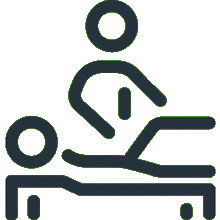
Chiropractic
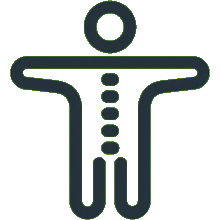
Podiatry
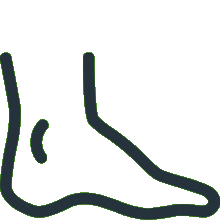
Massage Therapy
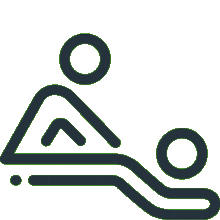
Women's Health Physiotherapy

Running Program Tailored To Your Goals
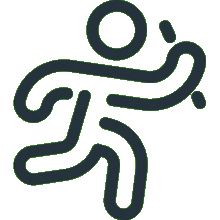
Joint Mobilisation

Active Release Technique
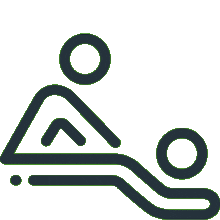
Exercise Prescription
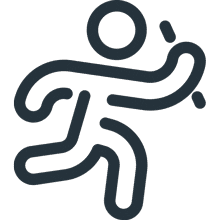
Real Time Ultrasound Imaging

Spinal Manipulation
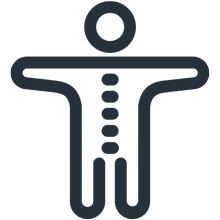
Functional Movement Screen
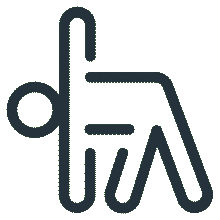
Knee Pain Treatment

Hamstring Strain Treatment
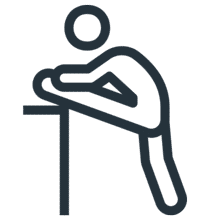
Hip Pain Treatment

Upper, Middle & Lower Back Pain

Neck Pain Treatment

Shoulder Pain & Rotator Cuff Tear

Can't find what you're after?
View all ServicesOr email the PEAK team at info@peakssc.com.au
Hawthorne
- Phone: (07) 3399 3318
- Fax: (07) 3319 6577
Address
5/171 Riding Road,Hawthorne, QLD, 4171 Get Directions
Opening Hours -
6 days per week
- Monday - Friday: 7:00 am - 8:00 pm
- Saturday: 7:00 am - 1:00 pm
To make a booking outside of business hours, please use our form by clicking here.
New Farm
- Phone: (07) 3399 4668
- Fax: (07) 3319 6577
Address
1/15 Lamington Street,New Farm, QLD, 4005 Get Directions
Opening Hours -
6 days per week
- Monday: 7:00 am - 8:00 pm
- Tuesday: 7:00 am - 8:00 pm
- Wednesday: 9:00 am - 8:00 pm
- Thursday: 10:00 am - 8:00 pm
- Friday: 7:00 am - 3:00 pm
- Saturday: 7:00 am - 3:00 pm
To make a booking outside of business hours, please use our form by clicking here.
